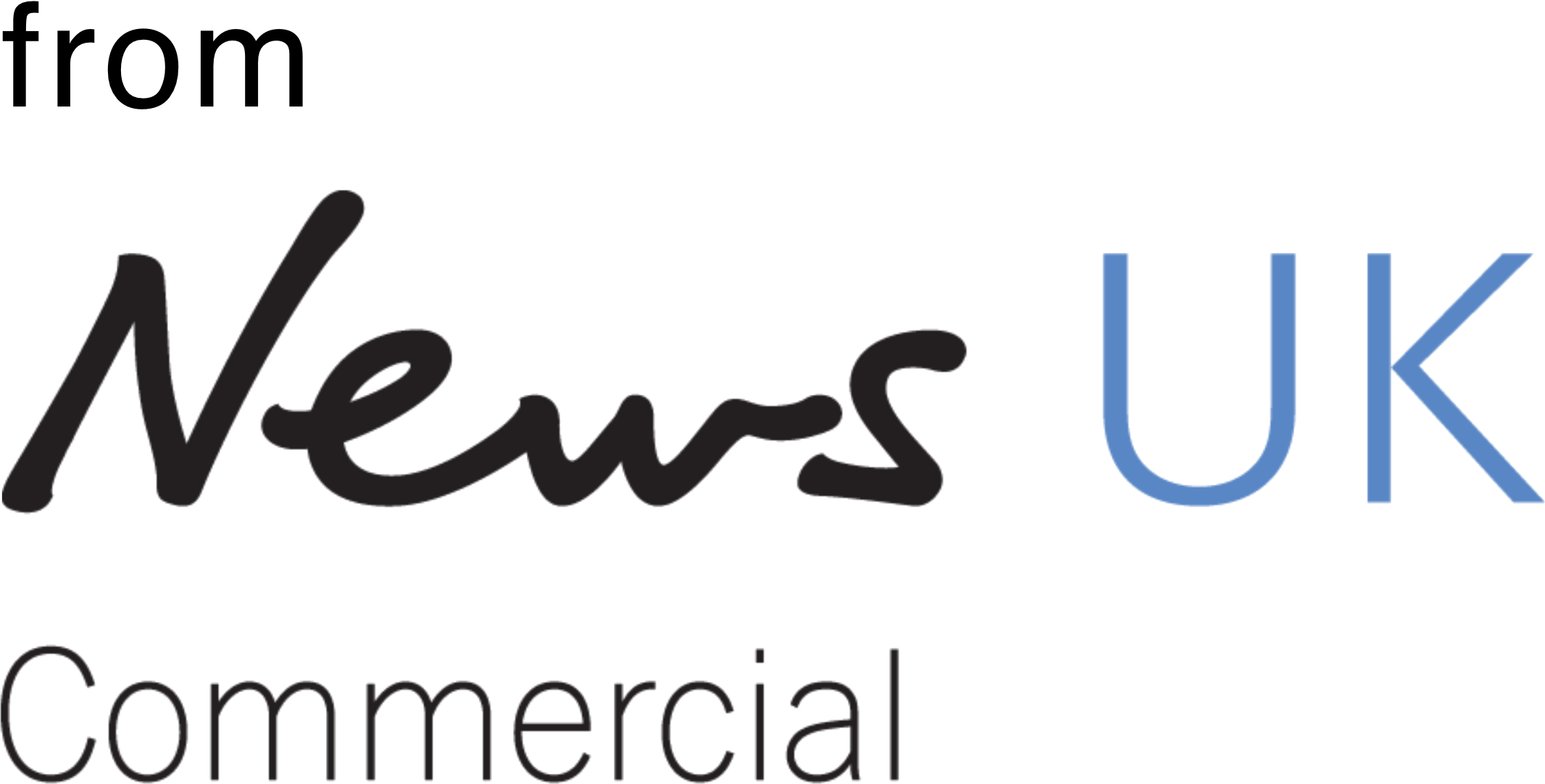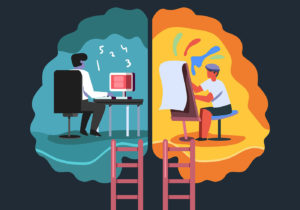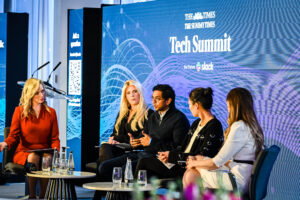The “Hawthorne effect” is a psychological phenomenon that suggests employees work with more alacrity and are more productive when they are aware of being observed or monitored.
It is named after the electrical factory of the same name, Hawthorne Works, in Illinois, where the research study to identify the phenomenon took place.
And it is a theory that clearly resonates with the new ways of working that have been forced upon us by the tragedy of COVID-19.
What if the opposite were true? If we know we can’t be seen, do we choose not to work so hard?
Many in media would contest this. There is undoubtedly an intensity to working via video link that surpasses the pace of a free-roaming office. Without the comfort blanket of presenteeism, many employees compete furiously from behind their screens, all trying to be perceived in a positive light.
How should brand marketing adapt to this new culture? Are brands behaving differently, in accordance with the theory purported by the Hawthorne experiment? They know that consumers are watching their behaviour very closely, and the impression they make now will have an amplified impact on how they are judged.
The all-seeing eye of the customer is scrutinising brands like never before.
Brands that don’t go silent during difficult times, instead, adapt, trying to reconcile the need to have a voice with striking the right tone.
An empathetic approach has to be aligned with both integrity and authenticity. If the consumer identifies disingenuity, then that may develop into scepticism towards the brand. When others go quiet, your voice does get louder - but that is only useful if you have permission to speak.
Brands extolling their virtue by publically adapting their business to support society’s travails are at risk of losing credibility. This is particularly true if the execution jars with their pre-existing business model.
Now is time for news brands, agencies and their clients to move the narrative forward.



 News UK
News UK 






